Learn how to prevent water from entering your basement with these expert landscaping tips.
Are you tired of dealing with a wet and musty basement every time it rains? Do you dread the thought of water damage and mold growth in your home? If so, it’s time to take action and prevent water from entering your basement in the first place. One effective solution is landscaping.
Yes, you read that right! Landscaping can do more than just enhance your home’s curb appeal; it can also help keep water out of your basement. In this blog post, we’ll explore some practical landscaping design ideas that will prevent water from seeping into your basement and give you peace of mind during those heavy rainfalls.
So grab a cup of coffee, sit back, and let’s dive into the world of landscaping for basement waterproofing!
Look Inside:
Grading and Slope
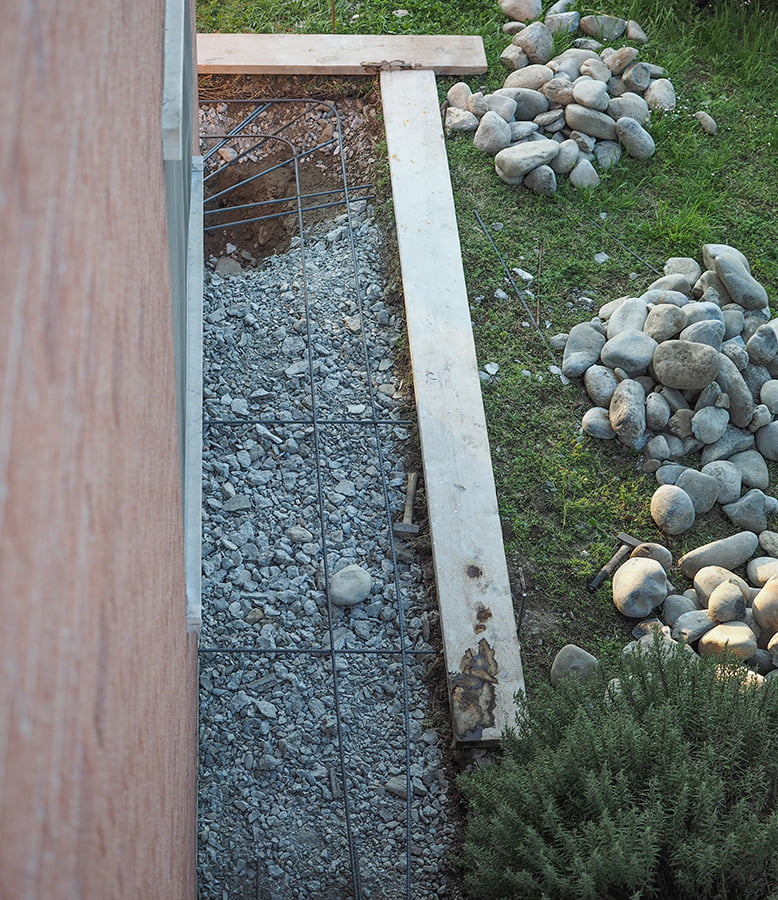
Grading and slope are two essential factors to consider when landscaping for basement waterproofing. The ground around your home should be sloped away from the foundation, so water flows away from it instead of towards it.
If the soil is flat or slopes towards your house, rainwater will accumulate near the foundation and seep into your basement.
To fix this issue, you can re-grade the soil around your home by adding more dirt to create a gentle slope that directs water away from the foundation. This process may require some heavy lifting and digging but is worth it in preventing costly damage caused by water intrusion.
It’s important to note that grading alone may not solve all of your drainage problems; other solutions such as installing a French drain or downspout extensions might also be necessary depending on how severe the problem is. In our next section, we’ll explore these options further!
Drainage Systems
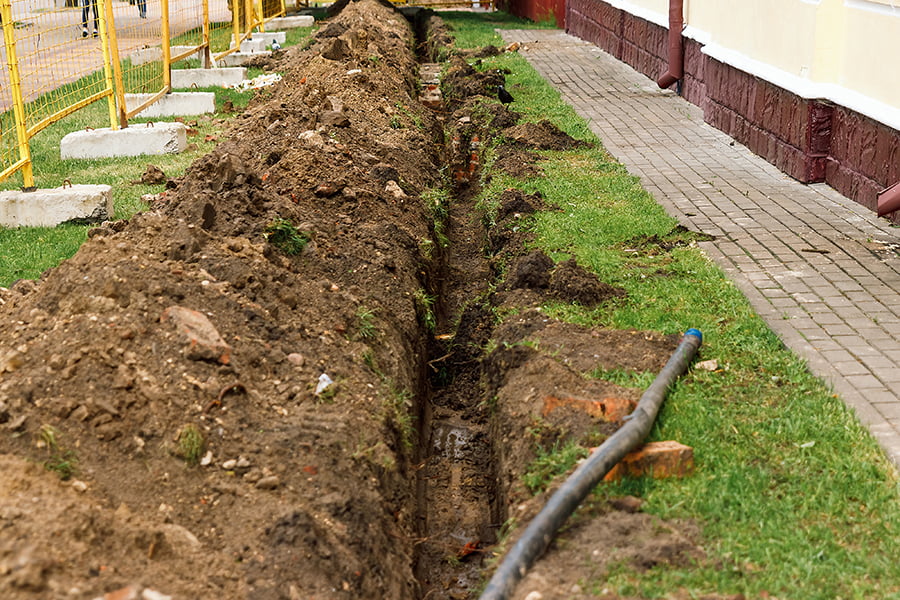
One of the most effective ways to prevent water from entering your basement is by installing a proper drainage system. A good drainage system will redirect rainwater away from your home’s foundation and into an appropriate outlet, such as a storm drain or dry well.
There are several types of drainage systems you can consider for your landscaping design. French drains, for example, are trenches filled with gravel that collect and channel water away from the foundation.
Surface drains work similarly but are installed at ground level to capture surface runoff.
Another option is a curtain drain which involves digging a trench around the perimeter of your home’s foundation and filling it with gravel or crushed stone wrapped in filter fabric. This type of drain intercepts groundwater before it reaches the basement walls.
When designing your landscape for proper drainage, it’s important to consult with professionals who have experience in this area so that they can help you choose what works best based on factors like soil type and slope gradient among others. With these tips in mind, you’ll be able to create an effective landscaping design that not only looks beautiful but also keeps water out of your basement!
Gutters and Downspouts
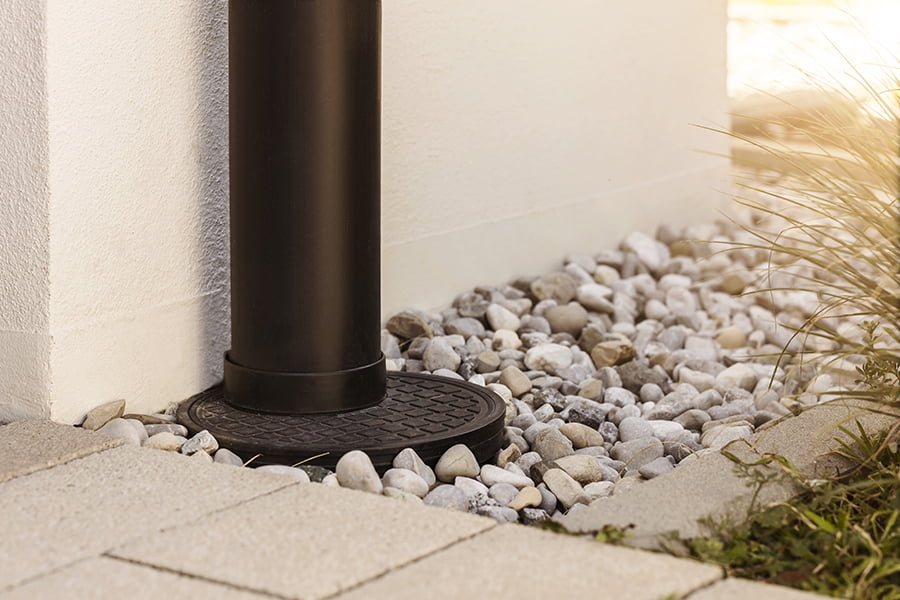
Gutters and downspouts are essential components of any home’s drainage system. They help collect rainwater from the roof and direct it away from the foundation, preventing water damage to your basement.
If your gutters are clogged or damaged, they won’t be able to do their job effectively, which can lead to water seeping into your basement.
To prevent this from happening, make sure you clean out your gutters regularly and repair any damages as soon as possible. You may also want to consider installing gutter guards that will keep debris out of the gutters while allowing rainwater in.
Downspouts should extend at least 10 feet away from the foundation walls so that water is directed far enough away not to cause problems with moisture infiltration around them. You can install splash blocks or underground drainpipes at the end of downspouts for further protection against wet basements.
By taking care of these small details when it comes to maintaining a proper gutter system on our homes we can avoid costly repairs due caused by excess moisture in our basements during heavy rainfall periods!
Foundation Waterproofing
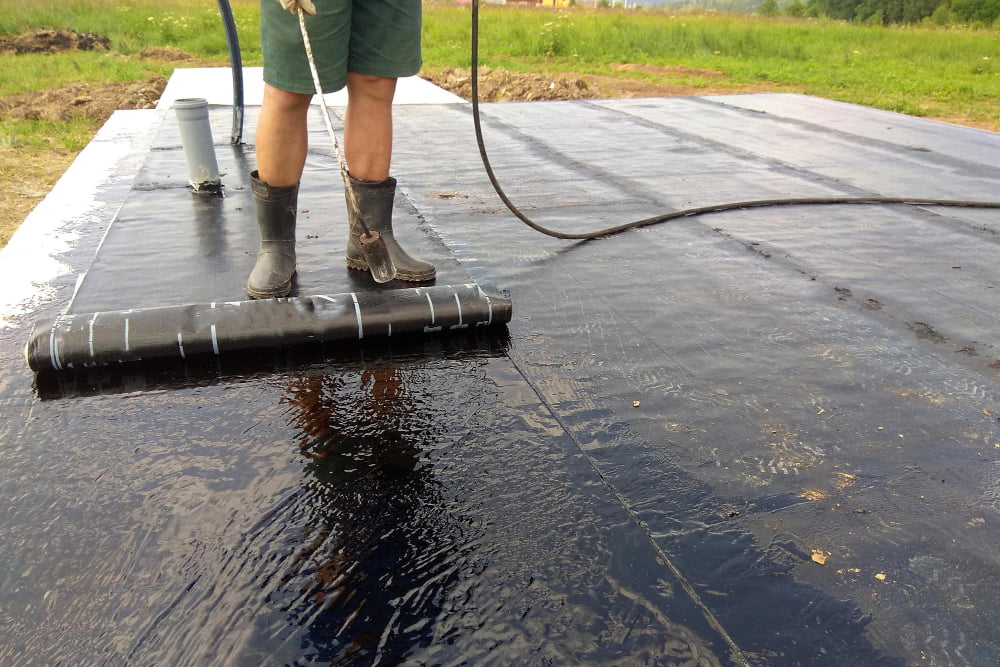
Foundation Waterproofing is a crucial step in preventing water from entering your basement. It involves applying a waterproof coating or membrane to the exterior foundation walls of your home, which creates an impermeable barrier against moisture.
This process should be done by professionals who have experience and knowledge in this area.
It’s important to note that foundation waterproofing alone may not solve all of your basement water problems. You’ll also need to ensure proper drainage around the perimeter of your home, as well as maintain gutters and downspouts regularly.
When it comes to choosing a waterproofing method for your foundation, there are several options available such as liquid-applied membranes, sheet membranes or spray-on coatings. Each has its own advantages and disadvantages depending on factors like climate conditions and soil type.
Foundation Waterproofing is an essential component when it comes to keeping water out of basements but must be combined with other measures such as grading/slope management (covered later) for maximum effectiveness.
Rain Gardens
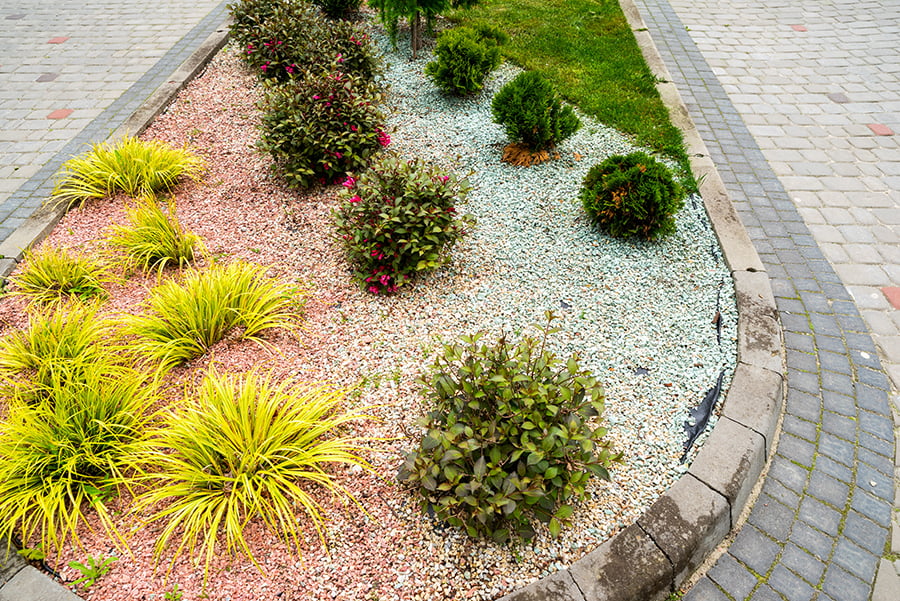
Rain gardens are a beautiful and eco-friendly way to prevent water from entering your basement. These gardens are designed to capture rainwater runoff from roofs, driveways, and other hard surfaces around your home.
The plants in the garden absorb the excess water, allowing it to filter into the ground slowly.
To create a rain garden, you’ll need to choose an area of your yard that is lower than the rest of your property. This will allow for natural drainage towards this area during heavy rainfall events.
Once you’ve selected an appropriate location for your rain garden, it’s time to start planting! Choose native plants that can tolerate both wet and dry conditions such as wildflowers or grasses.
Rain gardens not only help prevent basement flooding but also provide habitat for birds and butterflies while reducing erosion on slopes caused by stormwater runoff. They’re easy-to-maintain once established too!
Incorporating a rain garden into your landscaping design is just one way you can protect against water damage in basements while adding beauty and value to your home at the same time!
Swales and Berms
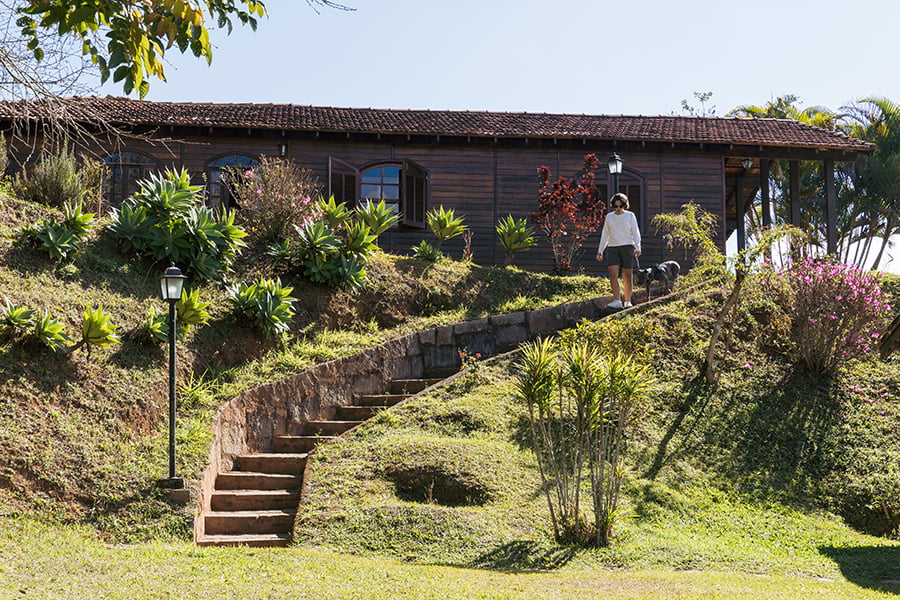
Swales and berms are two landscaping techniques that can help prevent water from entering your basement. A swale is a shallow ditch or depression in the ground that redirects water away from your home’s foundation.
It works by collecting rainwater and allowing it to slowly seep into the soil, rather than pooling around your foundation walls.
On the other hand, a berm is an elevated mound of soil that helps redirect water flow away from vulnerable areas of your property. By creating a berm along the perimeter of your home, you can create a barrier against incoming stormwater runoff.
Both swales and berms are effective at preventing basement flooding when designed correctly by professionals who understand how to grade them properly for optimal drainage performance. They also add aesthetic value to any landscape design while providing functional benefits such as erosion control.
Incorporating swales and berms into your landscaping design plan can be an excellent way to protect against unwanted moisture in basements during heavy rainfall events while adding beauty to outdoor spaces at the same time!